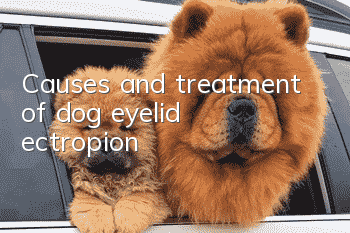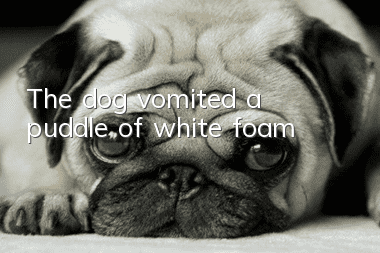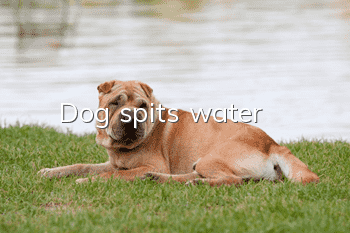Causes and treatment of dog eyelid ectropion

Owners often find that their dog's lower eyelids are a bit ectropion, but sometimes this is normal. Why do dogs’ eyes and faces turn outward, and what are its symptoms? And how to treat it?
Cardigan Welsh Corgi
1. Ectropion
Ectropion refers to part or all of the eyelid margin turning outward, exposing the palpebral conjunctiva and forming rabbit eyes. The lower eyelids are more common, but cicatricial ectropion is also seen in the upper eyelids.
A St. Bernard dog (detailed introduction) developed rhomboid eye, which was characterized by severe ectropion of the lower eyelid and entropion of the inner corner of the lower eyelid. The inner and outer canthus of the upper eyelid is entroped, followed by corneal stromal ulceration, entire corneal edema, accompanied by marginal angiogenesis and chronic keratitis. Image source: Color Atlas of Canine Ophthalmology (edited by Keith Barnett et al., translated by Wu Bingqiao)
2. Causes of disease
1.) Developmental ectropion is related to congenital inheritance and is common in Saint Bernard dogs, bloodhounds, Great Danes, Newfoundlands and Bullmastiffs. Lower eyelid laxity is common in these dogs and may be due to the pronounced broad eyelids and lack of lateral contractile muscles that are standard features of this breed.
2.) Acquired ectropion is caused by trauma or chronic inflammation, scarring, fatigue, loose palpebral fissures, and eyelid nerve damage in older dogs.
3. Symptoms
The lower eyelid is ectropion, and the palpebral and bulbar conjunctiva are exposed and appear red or dark red. Due to long-term exposure of the conjunctiva, conjunctival inflammation and tearing are caused, and the hair under the eyes is moist.
4. Treatment
For cases where lower eyelid ectropion is not severe, surgical treatment is not required for dogs with chronic epiphora. Antibiotics and corticosteroid eye drops (dexamethasone, etc.) can be used to reduce local irritation and prevent infection. If the secretions increase abnormally and chronic conjunctivitis and blepharospasm occur, surgical correction is appropriate. There are many methods to correct this disease, but Warton-Jones blepharoplasty, also known as V-Y technique, is generally used. Make a deep V-shaped skin incision in the subcutaneous tissue 2-3 mm below the everted lower eyelid. The V-shaped base should be wider than the everted part of the eyelid. Then the subcutaneous tissue is separated upward from the tip of the V-shaped incision, and the triangular skin flap is gradually freed. Then, appropriate subcutaneous separation is made under the skin of both sides of the wound, and the nodules are sutured upward from the V-shaped tip. The skin flap is moved upward while suturing, until the ectropion of the lower eyelid is restored to its original state and corrected. Finally, the remaining skin incision is sutured, turning the original V-shaped incision into a Y-shape. No. 4 or 7 silk thread is commonly used for suturing during surgery, keeping the stitch distance 2mm.The sutures are removed in 10-14 days.
5. Postoperative care
Antibiotic eye drops or eye ointments need to be applied to the eyes after surgery, 3-4 times a day, for 5-7 days. Eliminate the symptoms of conjunctivitis or keratitis secondary to eyelid ectropion; at the same time, pay attention to the damage to the surgical site caused by scratching or friction by animals.
- Why do dogs eat their own children?
- What causes vomiting in puppies? Owners cannot take it lightly!
- How to train a dog? How to train dog behavior!
- What’s wrong with dogs’ loose stools?
- Precautions for novices in feeding puppies, a must-read for every dog owner!
- Dangers of shaving dogs When can I shave my dog?
- How sensitive is a dog’s sense of smell? How many times is a dog’s sense of smell that of a human?
- What is the correct way to deworm dogs externally?
- What are the symptoms of a cold in dogs and how should they be treated?
- The appearance characteristics and training methods of Afghan Hound_How much does one cost?



